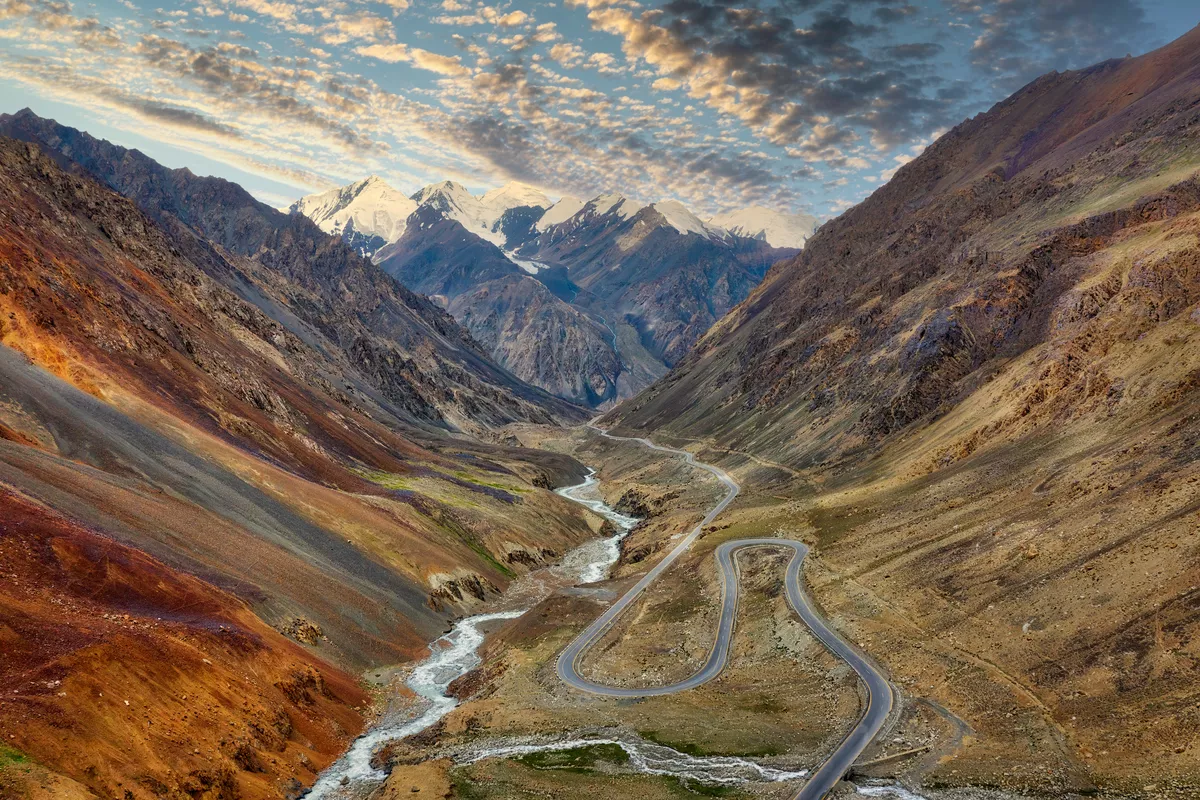
In a significant display of regional cooperation, the five Central Asian nations have recently agreed on a new water-sharing framework for the Syr Darya and Amu Darya rivers, which are vital sources of water for agriculture, energy, and drinking supplies throughout the region.
Tajikistan, the source of both rivers and home to half of Central Asia’s glaciers, plays a leading role. Its upstream location and growing investment in climate adaptation and early warning systems position it well to help shape a more cooperative and resource-smart region, The Caspian Post reports citing The Astana Times.
The country hosted the first International Conference on Glaciers’ Preservation on May 29-31, where global policymakers and experts tackled actions needed to slow down glacial retreat amid rising temperatures and build resilience against the impacts of their accelerated melting.
In Central and West Asia, where water is already scarce, solutions are emerging. Countries are joining hands and rethinking how they store, manage, and share water, considering each other’s needs. Here are five approaches already reshaping the region’s water future.
Early warning systems
Central Asia is home to more than 4,500 glacial lakes, many newly formed as glaciers retreat. These expanding lakes raise the risk of glacial lake outburst floods (GLOFs), avalanches, and sudden landslides, threatening mountain communities, especially women and girls, and the infrastructure that connects people to markets and services.
Shifting melt patterns also make seasonal water availability harder to predict, with earlier spring surges and reduced late-summer flows disrupting crop planting and irrigation timings, and reservoir operation planning.
To manage these risks, countries are investing in early warning systems that combine satellite data, sensors to measure river flows, local observations, and automated alerts. In Tajikistan, where steep terrain and remote villages face acute flood risks, new glacial lake monitoring systems and digital forecasting tools are helping deliver advance warnings of GLOFs, flash floods, and could even alert residents of impending heatwaves.
Expanding these systems across vulnerable downstream river basins will give farmers and planners more time to adapt. Having advance warning of when a flood may occur allows communities and governments to plan better and protect people and their assets.
Nature-based solutions
As rainfall and runoff grow more erratic, nature-based solutions are helping communities adapt. Wetland restoration and slope reforestation help to slow floods and store water for dry spells.
In Tajikistan’s mountains, communities are building terraces, planting native grasses, and digging shallow trenches to slow rainfall runoff, reduce soil erosion, and recharge groundwater. Kazakhstan and Uzbekistan are also integrating nature-based solutions into their national adaptation plans.
Smart irrigation systems
Agriculture uses over 80% of Central Asia’s freshwater. But aging canals and pumps, and inefficient practices such as flooding fields, lose up to 50% of precious water resources. Modernizing irrigation is one of the fastest ways to conserve water and boost agricultural yields. This includes simple techniques like making sure fields are level, so water can reach all crops evenly. With ADB’s support, Uzbekistan is working to level vast hectares of its land.
Tajikistan is piloting solar-powered drip irrigation and small-scale pump automation in highland farms, using solar to power pumps and deliver steady moisture directly to crop roots. Similar technologies are being adopted across the region.
Scaling these tools will require investment in training, cost-sharing incentives, and supply chains to help farmers adopt them. The payoff: lasting gains in resilience, cost savings, and improved soil health, allowing farmers to grow more crops per drop.
River basin forecasting
Water availability is becoming easier to predict, with new tools based on satellite data. Digital platforms for river basin forecasting combine climate, hydrological, and crop-related data to guide seasonal water allocation. What is most important is to help ensure that water managers, including women, have easy access to this information and that it can be rapidly analyzed.
Real-time data on snowpack, melt, and crop demand now inform reservoir releases and irrigation plans. In Tajikistan and Uzbekistan, basin authorities are using these models to better balance upstream and downstream needs. These tools make systems smarter and fairer, helping ensure water reaches the right users at the right time.
Data sharing and regional management
Water doesn’t stop at borders-but the data often does. Ministries and sectors across the region still operate in silos, leaving decision-makers with incomplete information on who needs the water, how much do they need and how and where, and when to provide.
In response, ADB is supporting basin coordination platforms and cross-sector stakeholder mapping. Regional efforts like the ADB-facilitated Central Asia Regional Economic Cooperation (CAREC) Water Pillar are helping build transparency and strengthen collaboration across the Central Asian countries.
Finding common goals, such as managing water scarcity and uncertainty in flow patterns, can unite countries. By finding the common threads, ADB is fostering trust and knowledge-sharing across countries, which have led to discussions on cross-border water infrastructure that will deliver common benefits, like more water at the farm level.
ADB’s Glaciers to Farms program supports smarter irrigation, early warning systems, open data-sharing, and real-time planning tools. Its phased approach will prioritize river basins that are at greater risk from glacier melt, while building institutional and technical capacity for long-term, region-wide resilience. With the Green Climate Fund, this regional program aims to mobilize up to $3.5 billion for adaptation investments in nine countries.
These efforts and the new water-sharing agreement demonstrate momentum, but cooperation must deliver tangible benefits for communities. With the right tools and partnerships, countries can protect what matters most: water, livelihoods, and regional resilience.
Share on social media
